Have you seen any of the Unesco World Heritage Sites in Croatia? There are currently 10, and many of them are stunningly beautiful. We have so far visited five of the Croatian World Heritage Sites, but we hope to see a few more. Which ones have you visited? Which ones are you curious about? Updated in 2023
Table of contents
Unesco World Heritage Sites in Croatia
At the time of writing this post, there are a total of 10 UNESCO World Heritage Sites in Croatia, but the number may increase over time if more World Heritage Sites are designated. World Heritage sites are those cultural and natural environments in the world that are considered to be by far the most outstanding and of great importance to all mankind.
Eight of Croatia's World Heritage Sites are cultural and two are natural (see more at Unesco list). If you rummage through these, you can find a whole bunch of gems. Here is the full list of Croatian world heritage sites. We have visited numbers 1, 2, 3, 5 and 10. Have you visited any of them?
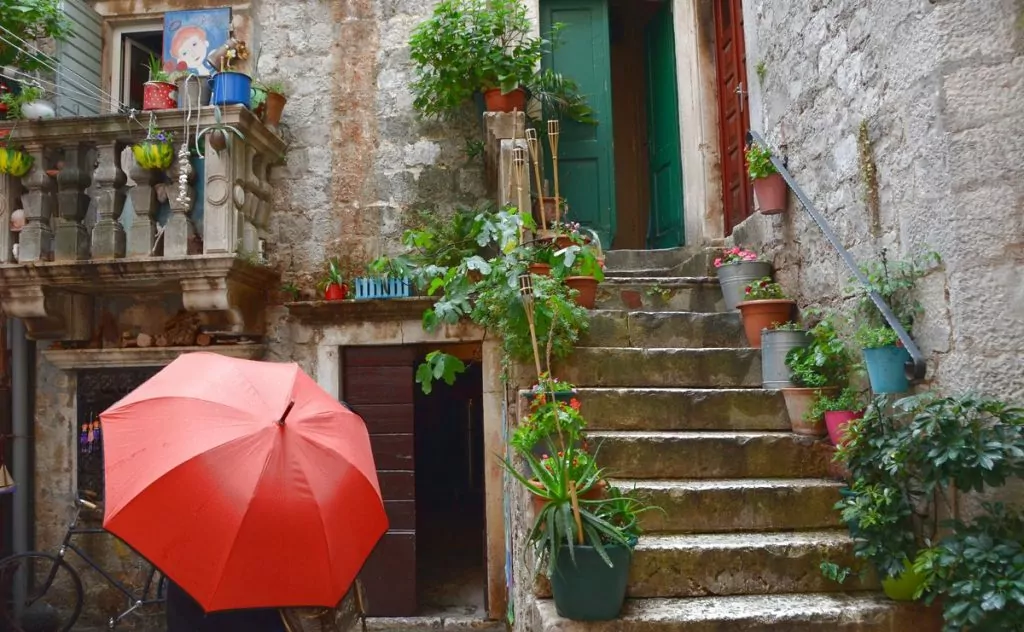
1 Diocletian Palace in Split
In the city of Split you can see the ruins of Diocletian's Palace. Built by the Roman Emperor Diocletian in the late 2nd century, the palace is one of the largest surviving Roman buildings in the world. The palace, which is exceptionally well preserved, houses a variety of buildings from different eras, such as the Temple of Jupiter (now the Baptistery of St John), the Cathedral of St Dominus and the 'peristyle', the central square of the palace. Moreover, Split is a very nice city!
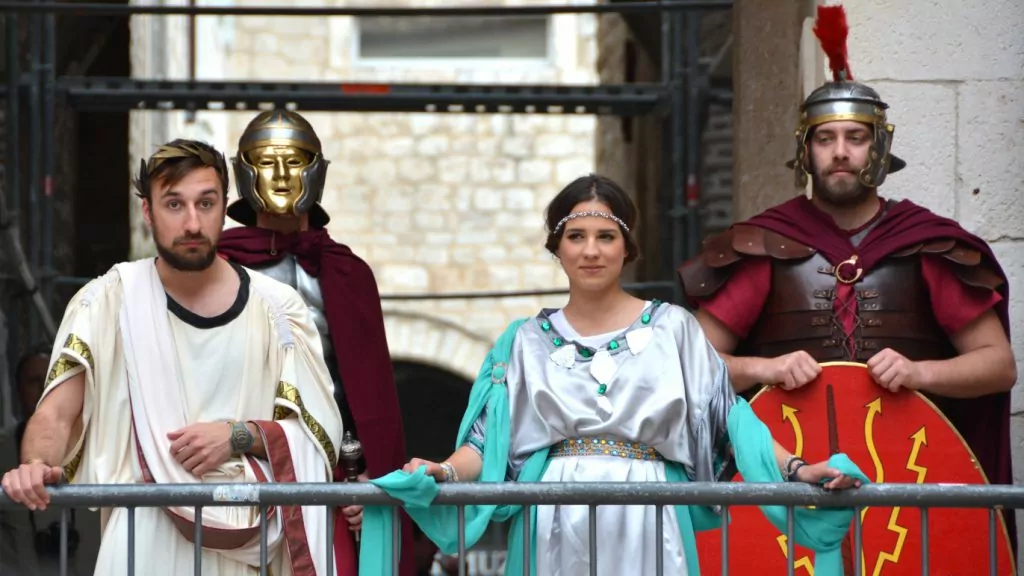
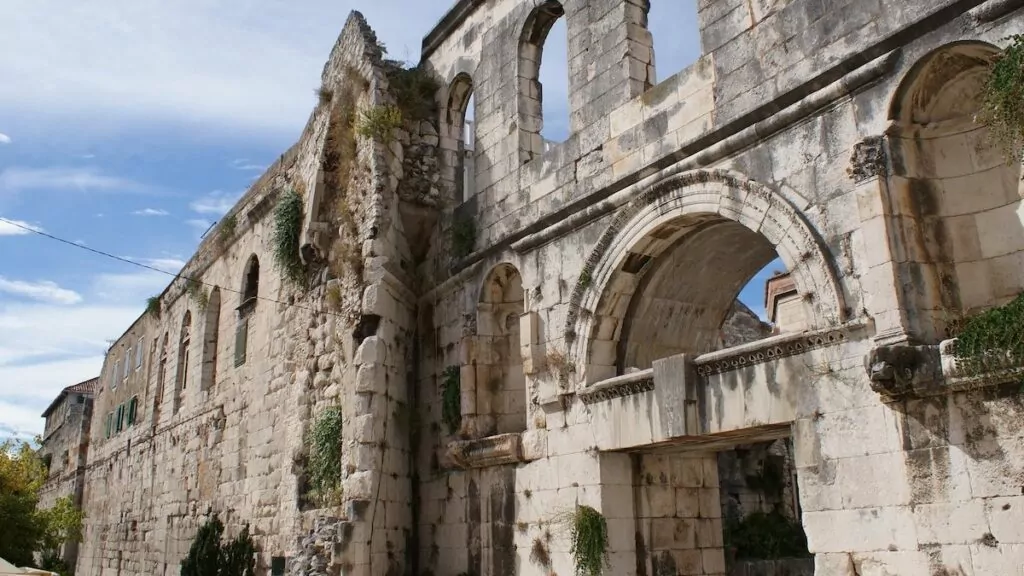
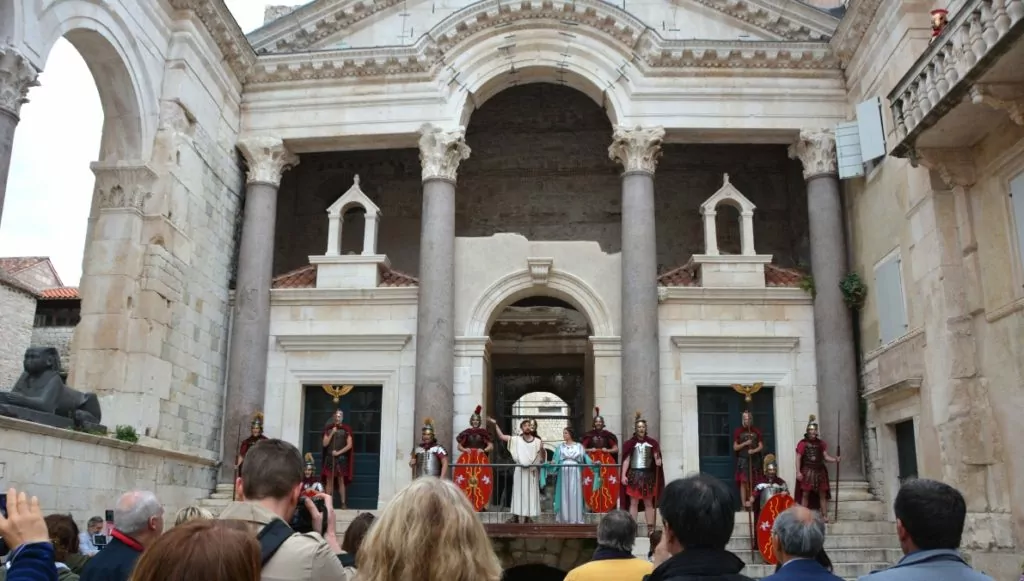
2. Old Town of Dubrovnik
Dubrovnik is a stunningly beautiful old city. Although the city was severely damaged by an earthquake in 1667, it has managed to preserve Gothic, Renaissance and Baroque styles in the form of churches, monasteries, palaces and fountains. The city was damaged again during the armed conflict of the 1990s, but is now protected by UNESCO and is being carefully restored. Dubrovnik is a city well worth visiting.
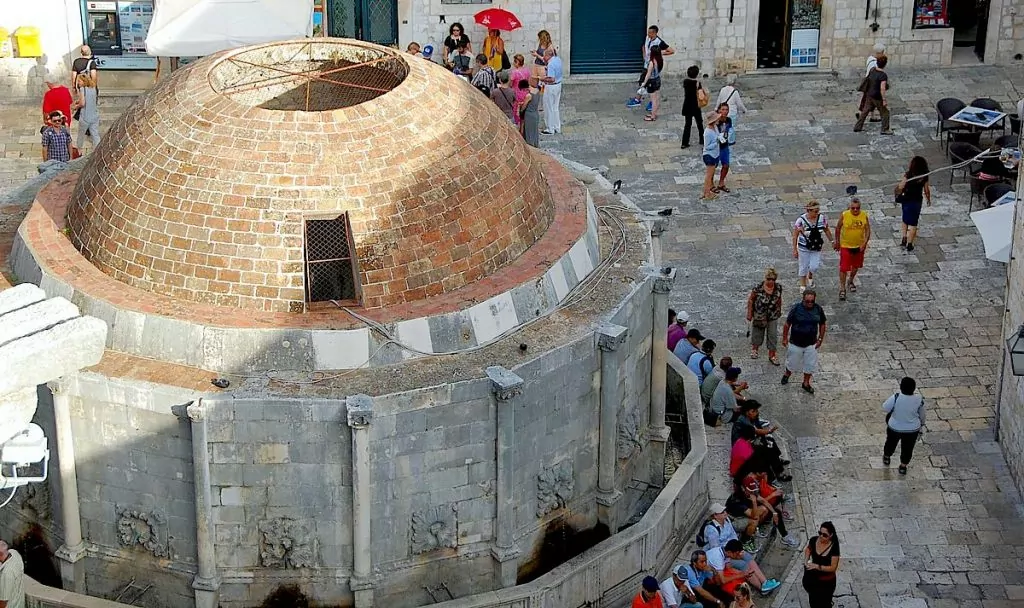
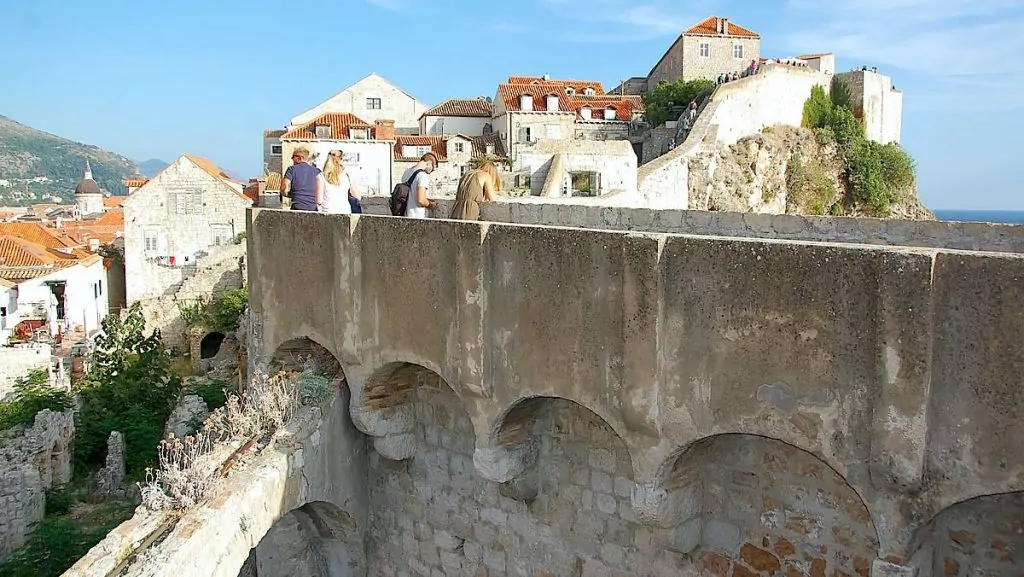
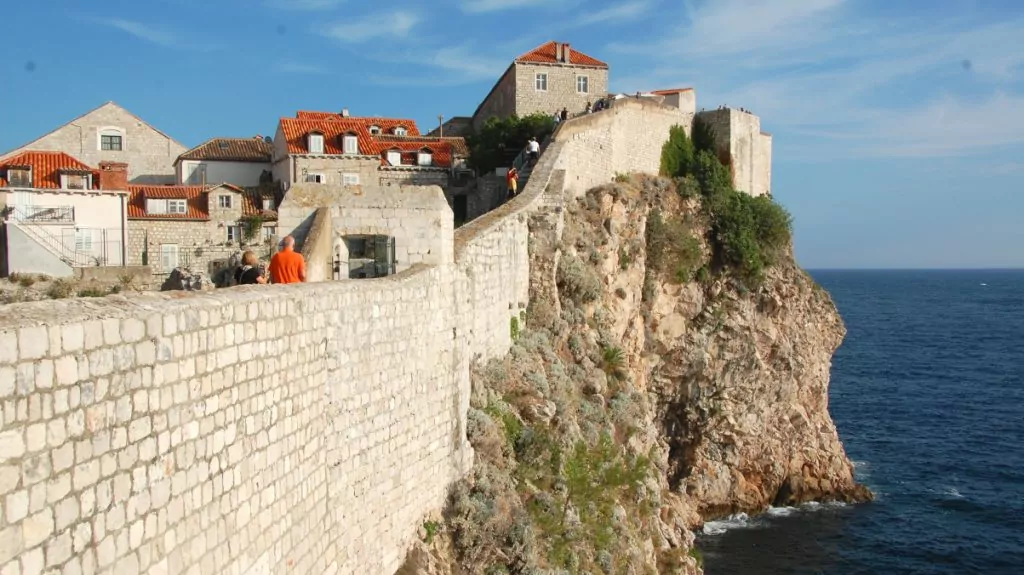
3. Plitvice Lakes
One of ten Unesco World Heritage Sites in Croatia, Plitvice Lakes is one of two natural heritage sites. This national park includes old growth forests and a large lake system with 16 lakes and many dramatic waterfalls. You can walk around on fine wooden boardwalks across the large bodies of water, or get around by shuttle bus or electric boats. Amazingly beautiful!
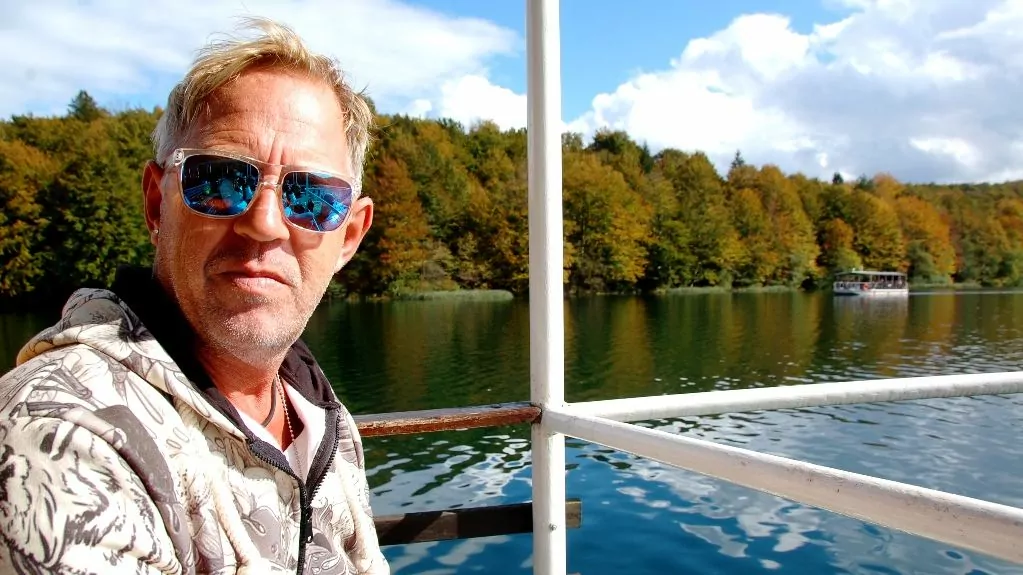
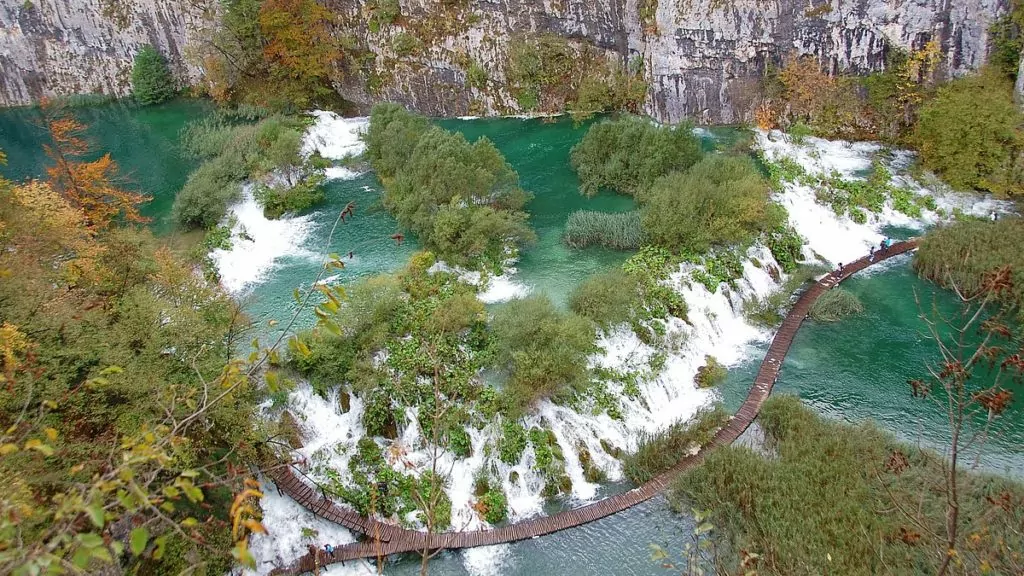
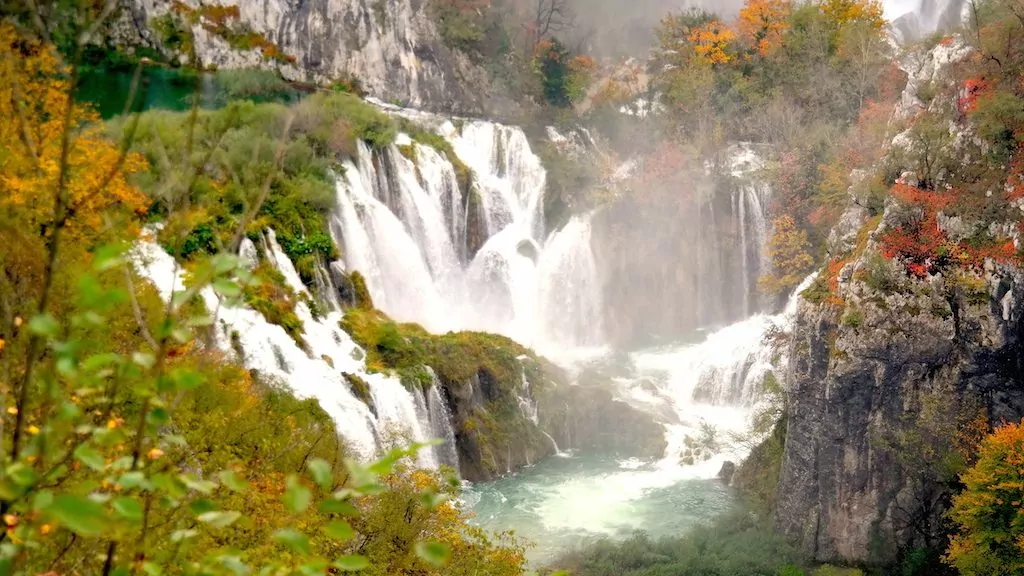
4. Eufrasius Basilica in Poreč
In Poreč, Christianity was founded in the 4th century, and there is a group of religious monuments that form the most complete complex of its type. The basilica, atrium, baptistery and bishop's chapel are all special examples of religious architecture. We visited Poreč during a tour of Istria in 2016, but unfortunately we only made a short stop and didn't get to see much of the religious monuments. Next time!
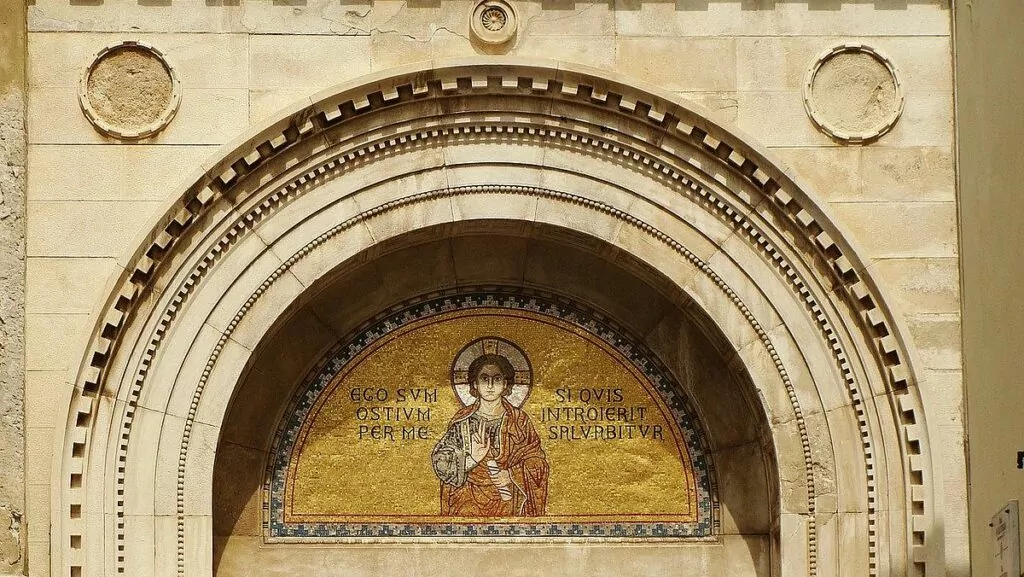
5. The historic centre of Trogir
Located on an island in the Adriatic Sea, Trogir in Croatia offers a city centre with narrow alleys, cobbled streets and cosy outdoor cafes. The city is a Unesco World Heritage Site in Croatia because of its architecture with fortifications, Romanesque churches and distinctive Renaissance and Baroque buildings from the Venetian period. We highly recommend a visit!
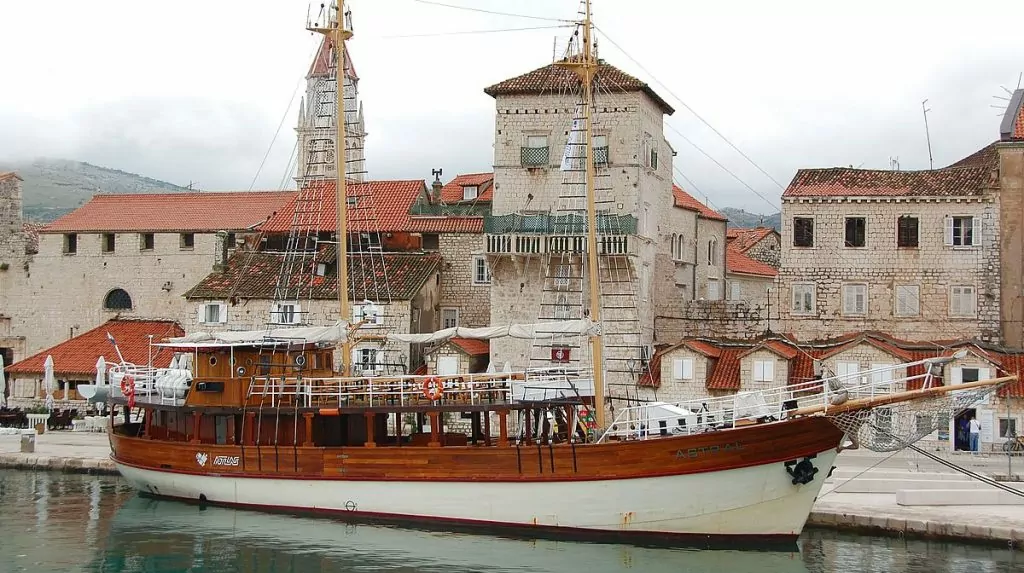
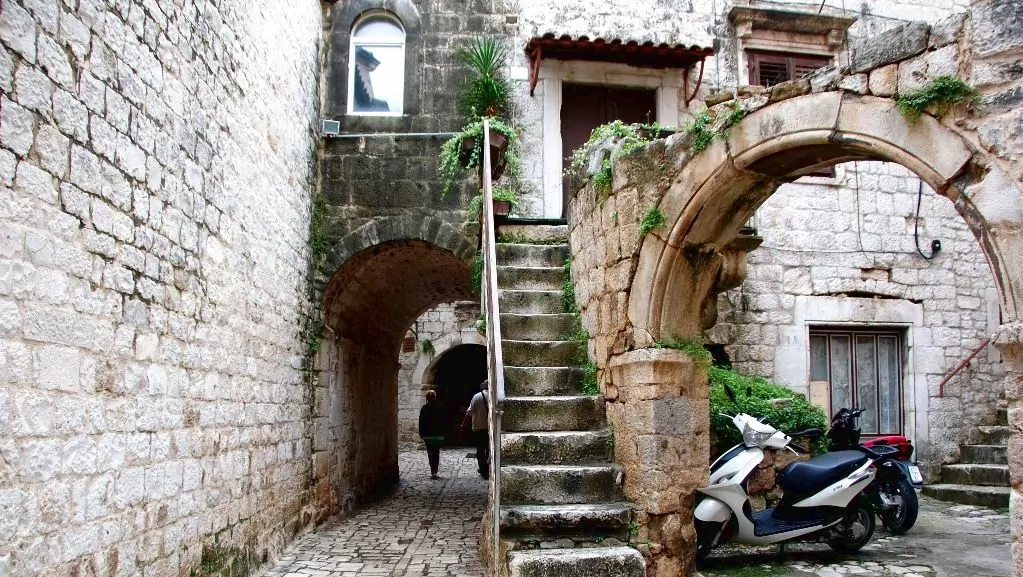
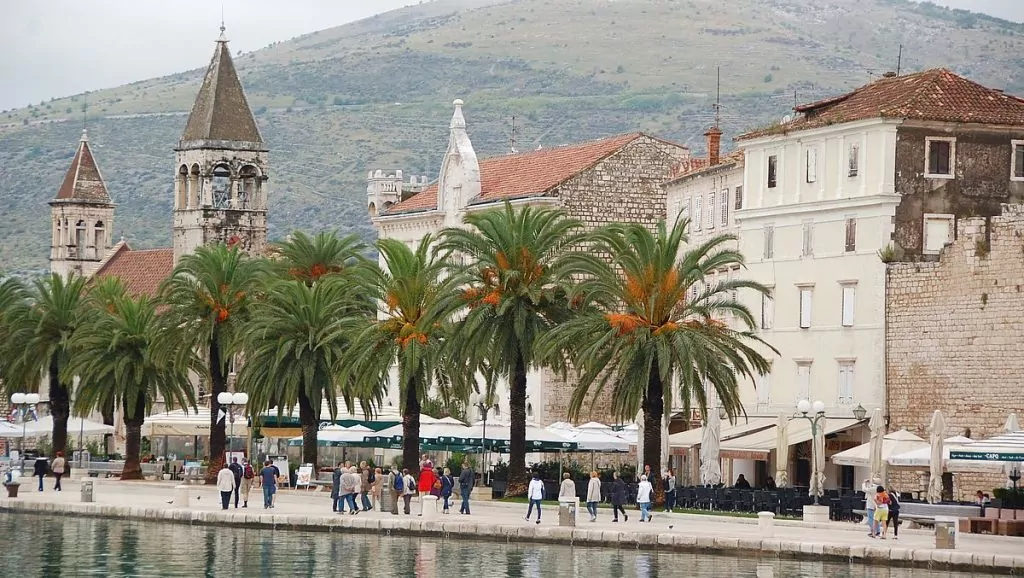
6. Cathedral of St James in Šibenik
The Cathedral of St James in Šibenik (1431-1535) bears witness to the great exchange of monumental art between northern Italy, Dalmatia and Tuscany in the 15th and 16th centuries. Three successive architects developed unique vault and dome construction techniques. Šibenik is a city we have yet to visit.
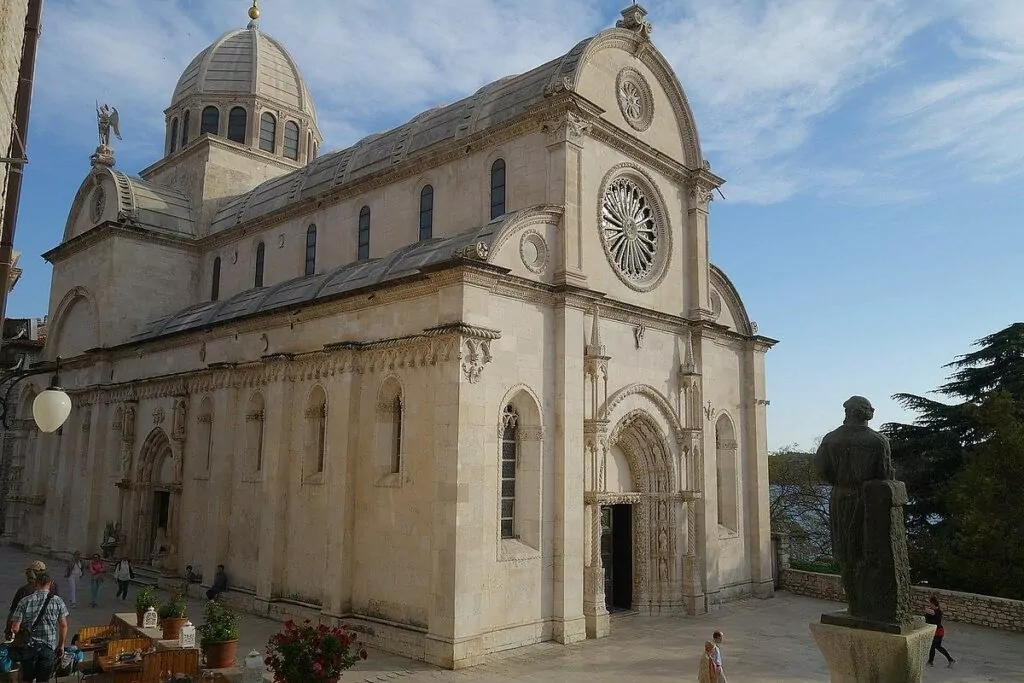
7. Ancient beech forests in the Carpathians and other regions of Europe
The beech forests, a Unesco World Heritage Site in Croatia, span a total of 12 countries. The forests spread after the Ice Age from some areas in the Alps, Carpathians, Dinaric Alps, Mediterranean and Pyrenees, and this process is still ongoing.
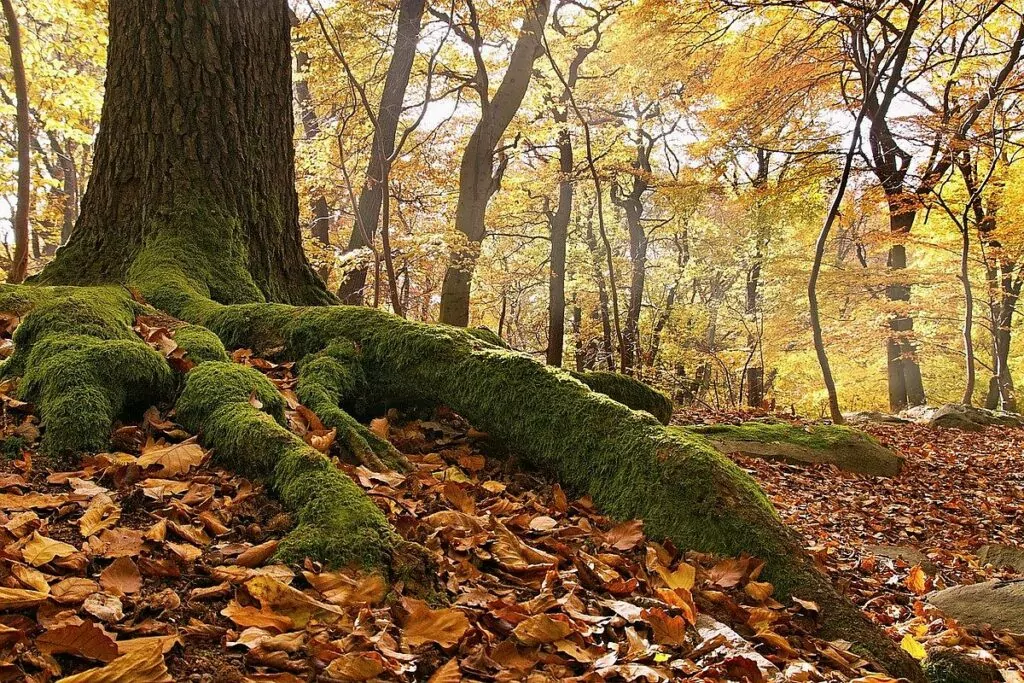
8. Stari Grad Plain
The Stari Grad plain on the island of Hvar is a cultural landscape that has remained virtually intact since it was colonised by Greeks in the 4th century BC. At that time, grapes and olive here, as they still do today. Even the geometric system of land division used by the ancient Greeks remains. Otherwise, the island is a pleasant holiday destination, with the fine historic towns of Hvar and Stari Grad.
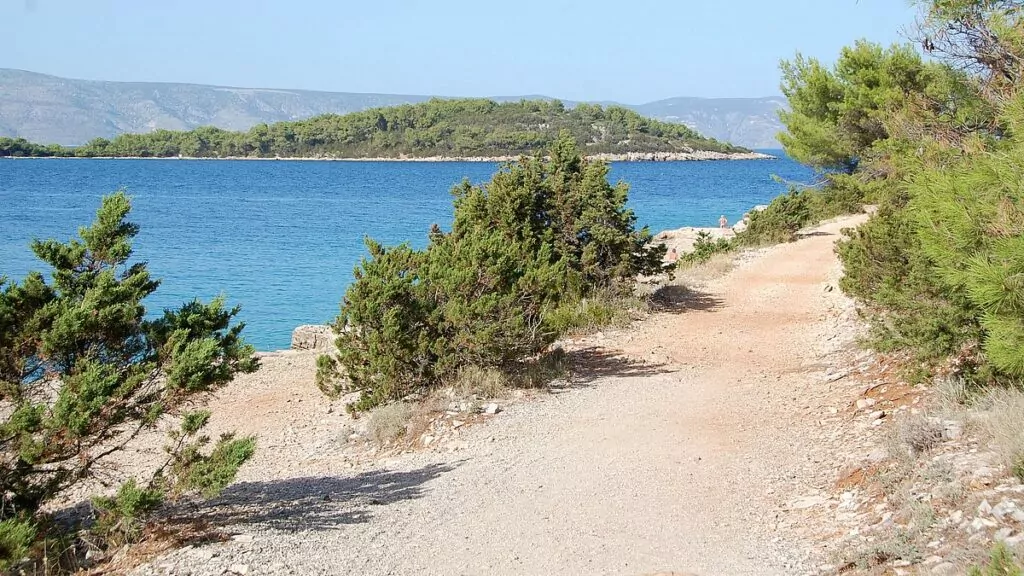
9. Stećci medieval gravestones
Stećci medieval tombstones are located in a total of 28 sites, in Bosnia and Herzegovina, Serbia, Montenegro and Croatia. The cemeteries date from between the 12th and 16th centuries AD. Most are carved in limestone and have decorative motifs.
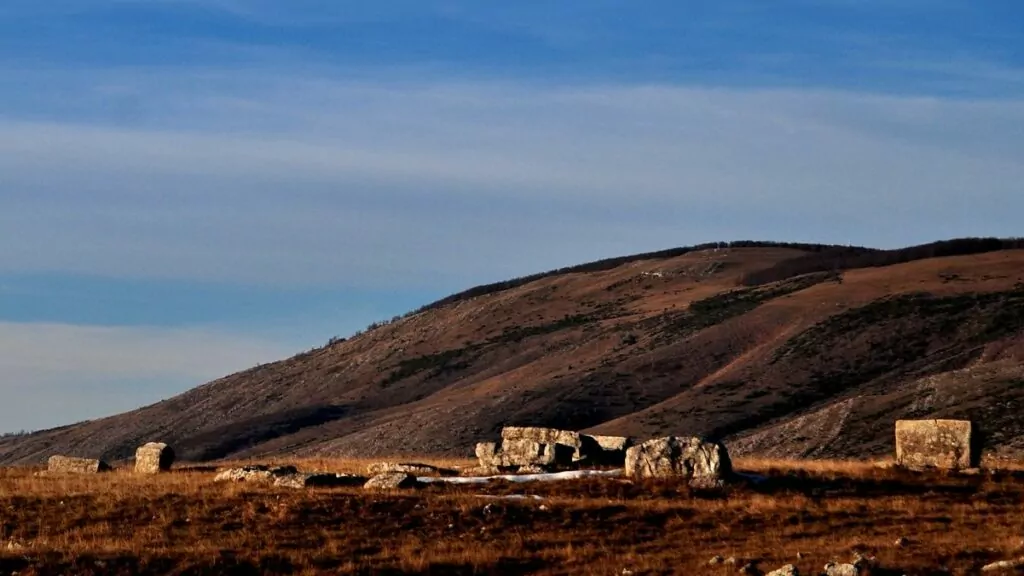
10. 16th and 17th century Venetian defences
The World Heritage Site "Venetian defences of the 16th and 17th centuries" includes six sites with defences in the ItalyIn the Croatian city of Zadar, the sturdy city walls, gates and bastions are truly impressive. In Šibenik, it's the Fortress of St Nicholas, an isolated three-level bastion fortification.
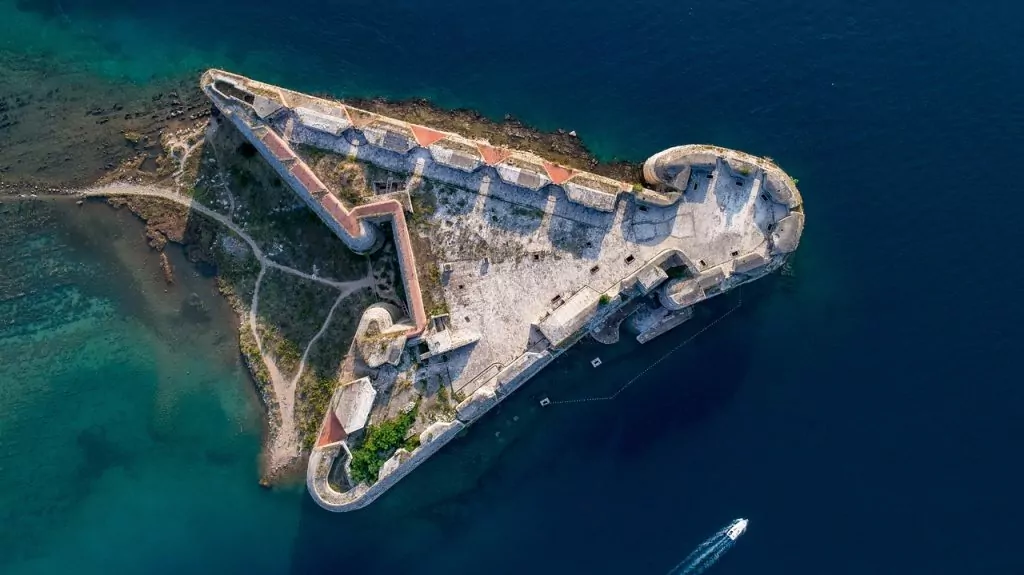
Unesco World Heritage Sites in Croatia - Tentative Heritage Sites
A Tentative Heritage is what the country itself has proposed to UNESCO as very special for inclusion on the Grand List, but which may never be included.
2005
- Zadar - Episcopal complex with the cathedral, several churches, monastery, religious art, archaeological museum in the centre of Zadar.
- Ston - Located on Pelješachal Island, Ston is best known for its historic defence wall, oyster and mussel farms, and the fact that salt has been extracted here since Roman times.
- Tvrda - Baroque fortress and city of Osijek with the most advanced Habsburg fortress on the border with the Ottoman Empire from the early 18th century
- Varazdin - The Medieval-Renaissance-Baroque historical centre and the Old Town. Monasteries, churches and castles and the grid of streets and squares.
- Veliki Tabor - is a fortress with a castle built around the walls and unique in its kind
- Lonjsko Polje Nature Park - The nature park is a wetland that is important for the ecological system of Croatia and the Danube.
- Mount Velebit - Velebit mountain range with huge freshwater reserves inside the mountain range extending all the way down to southern Albania.
- Diocletian's Palace with historical surroundings (extension) - Diocletian's aqueduct that brought water 9 km to the city of Split in Roman times, starting at the Jadro spring at Solin and still in use today.
- Lubenice - On the island of Cres there are prehistoric settlements with fortifications, city gates and Egyptian inscriptions.
2007
- Primosten vineyards - Bucavac Veliki is located 3 km south of Primosten which has been cultivating vines by hand since 700 BC.
- Hermitage Blaca - In the town of Blanca on the island of Brac you will find several monasteries where monks and priests have built their residences in the mountains since the end of the 15th century.
- Motovun - The town of Motovun is located on a high mountain with 13th-13th century walls that are very special in the centre of Istria.
- Historic town of Korcula - A peninsula between Split and Dubrovnik that retains its fortified towers and origins dating back to 1000BC
- Kornati National Park - The Kornati archipelago with its 89 islands, rocks and islets is now a UNESCO World Heritage Site in Croatia.
2020
- Danube Limes (Croatia) - The borders of the Roman Empire which were drawn up around 200 AD to show where the Roman Empire began and ended in many countries.
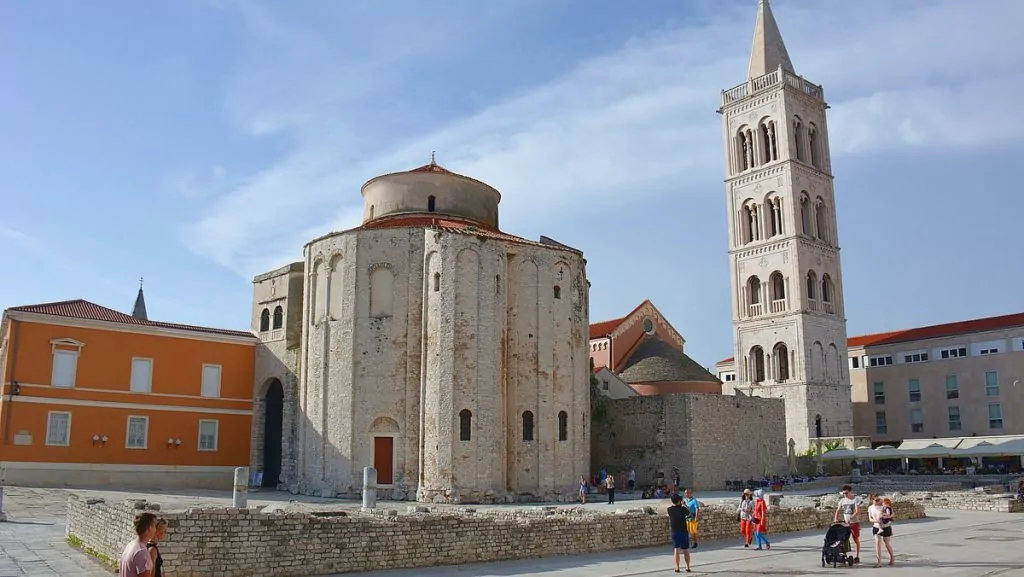
Unesco World Heritage in Croatia - Intangible heritage
An intangible heritage is something that is done, heard or seen, not material.
2009
- Lace making - The town of Pag is a cultural heritage site that was originally used to make ecclesiastical garments, tablecloths and ornaments for clothing such as folk costumes.
- Carnival clock competition in the Kastav area - In January every year, about 30 bell-ringers with bells around their hips dance and act around different villages in the area.
- Procession Za Krizen - On Maundy Thursday every year, six cross bearers from 6 villages on the island of Hvar are sent barefoot to carry crosses 25 km without resting, around to different villages. An old Catholic custom.
- Spring train of Ljelje/Kraljice from Gorjani - The procession of the queens is made every year on Pentecost, when young people dance in the villages in front of families in a spectacle of kings and celebration.
- Traditional manufacturing of wooden toys - In Hrvatsko Zagorje in northern Croatia, wooden toys have been made by hand for generations by men, from different trees, and then painted by women.
- Feast of Saint Blaise, patron saint of Dubrovnik - Since 1190, the ritual and feast has taken place every year on 3 February, where the spectacle of ambassadors, bishops, civic leaders and the people of Dubrovnik
- Two-part singing and playing in Istrian scale - Two people sing together within an octave of each other and instruments with sopele shawms, always played in pairs, bagpipes, flutes and tambourine.
2010
- Sinjska Alka, an equestrian tournament in Sinj - Every year since the 18th century, knightly competitions in Sinj take place, where riders ride at full gallop along the main road and hit a suspended iron ring.
- Gingerbread crafts from Northern Croatia - Which was taken up in the Middle Ages by men and has continued the tradition with both men and women as a craft.
- Two-part Ojkanje song - with a distinctive voice-shaking technique created by the throat. Each song lasts as long as the singer can hold their breath; the lyrics cover various themes, from love to current social issues and politics.
2011
- Nijemo Kolo, silent circle dance in the Dalmatian hinterland - Where the man dances and the woman has to do the same steps as in a declaration of love or competition.
- Bećarac sings and plays from eastern Croatia - In the cultures of Slavonia, Baranja and Srijem where singers exchange songs, endeavouring to out-sing each other while creating and combining verses and forming melodies - all accompanied by a group of singers and a tamboura band.
2012
- Singing Klapa multi-part song of Dalmatia, South Croatia - a capella singing from southern Croatia.
2013
- Mediterranean diet - The Mediterranean diet includes a set of skills, knowledge, rituals, symbols and traditions regarding crops, harvesting, fishing, animal husbandry, conservation, processing, cooking and especially the sharing and consumption of food.
2016
- Community project to protect living culture in Rovinj/Rovigno: Batana Ecomuseum. - Batana is a type of fishing boat now protected as a UNESCO World Heritage Site in Croatia.
2018
- Međimurska popevka, a folk song from Međimurje - was historically predominantly a soloist genre performed by women, but today includes men as well.
- The art of stone walling, knowledge and techniques - The art of stacking stones on top of each other using only dry soil as they did in the past, and making it last through all seasons.
2021
- Falconry, a living human heritage - Falconry is the traditional art and practice of training and flying falcons, which has been practised for over 4000 years.
2022
- Tocatì, a shared programme to protect traditional games and sports - Tocatì links traditional games and sports to the values of intangible cultural heritage and mobilises thousands of players, volunteers, fans and media actors.
- The feast of Saint Tryphon and the Kolo (chain dance) of Saint Tryphon, traditions of Croats from Boka Kotorska (Bay of Kotor) living in the Republic of Croatia
- Lipizzaner horse breeding traditions - Lipizzan horse breeding has united communities for over 450 years and this tradition should be kept alive.
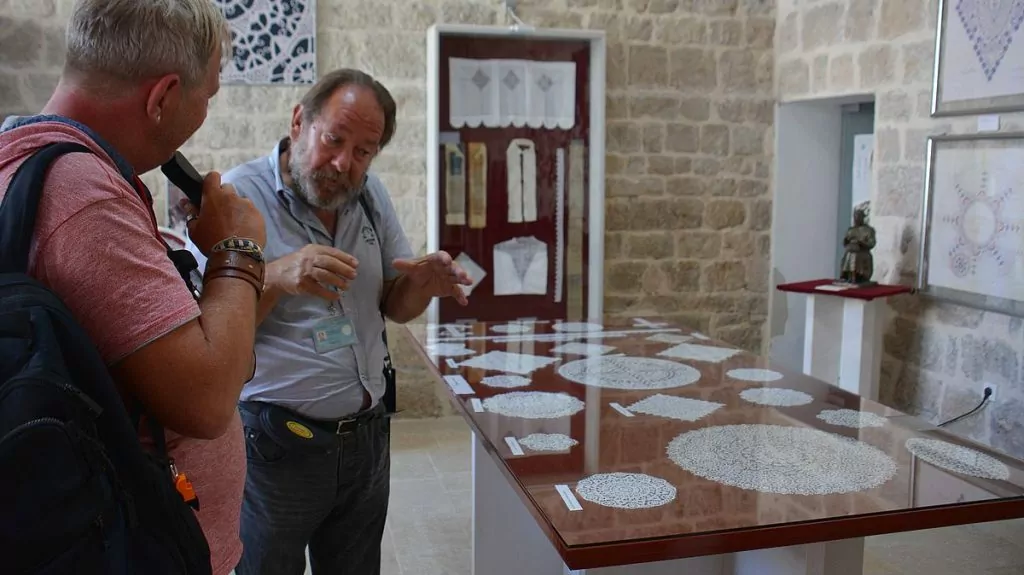
Which Unesco World Heritage Sites in Croatia have you seen?
Which Unesco World Heritage Sites in Croatia have you seen? Which ones are you curious about?
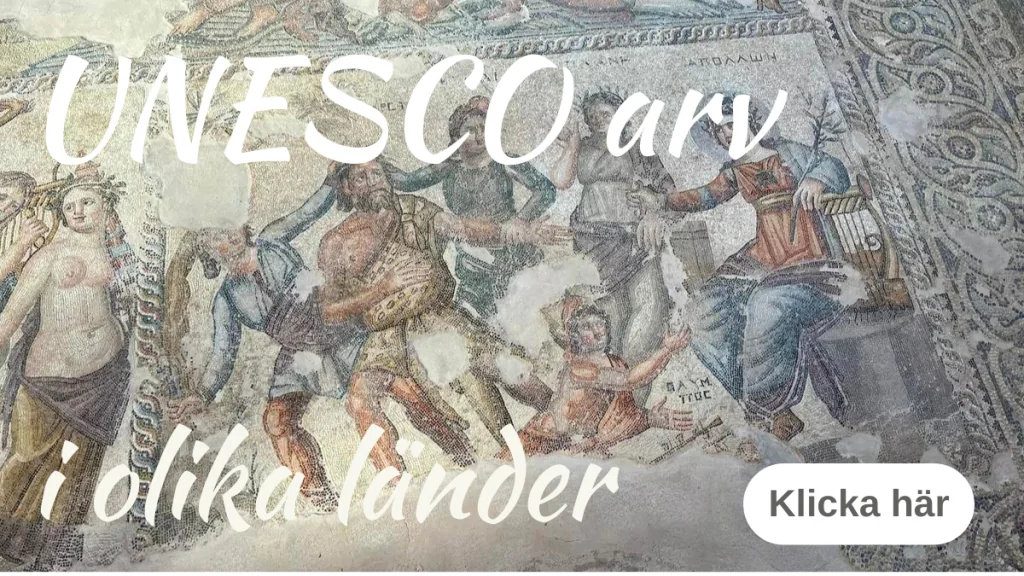


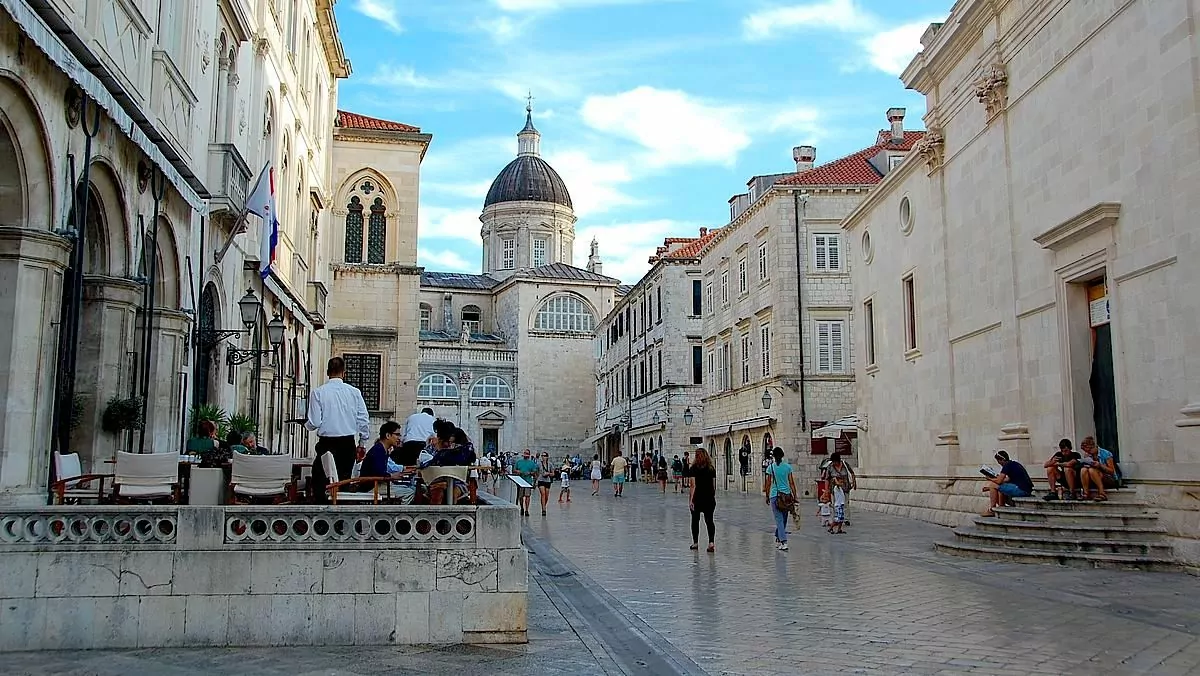






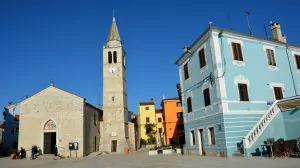
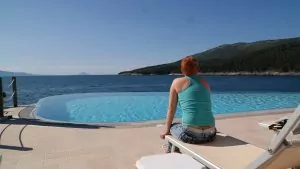
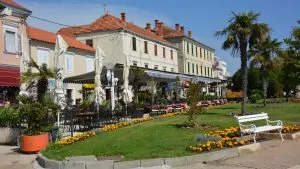
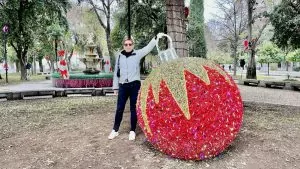
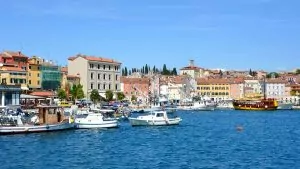
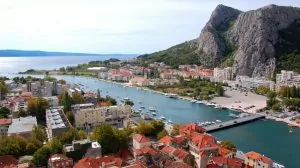
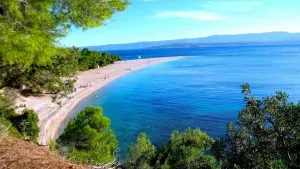

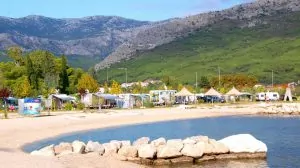

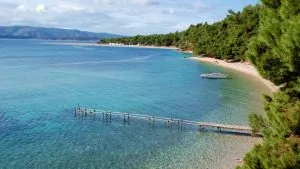
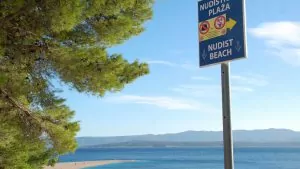
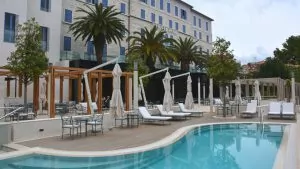
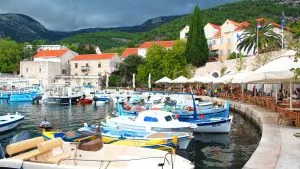
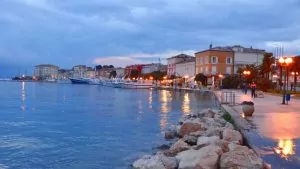
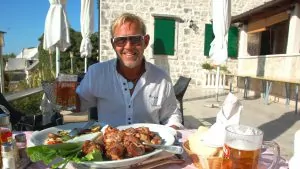
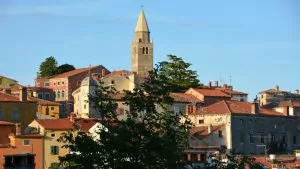

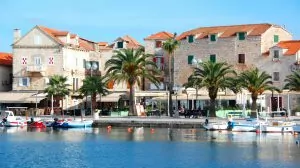

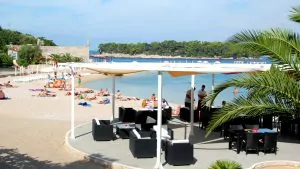
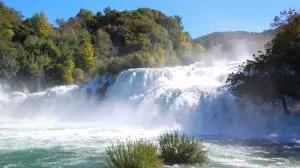
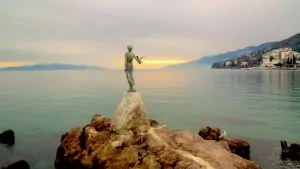
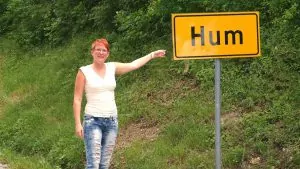
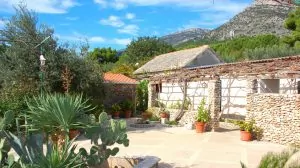
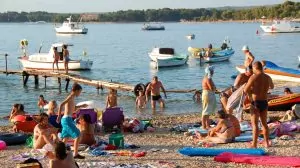
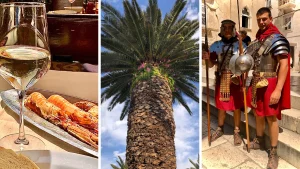
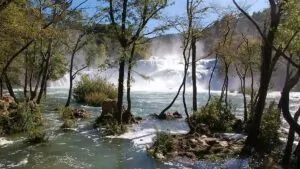
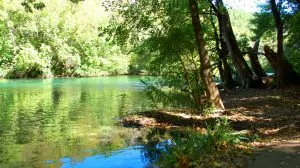
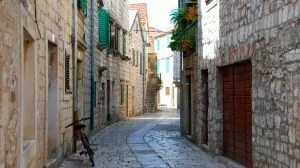
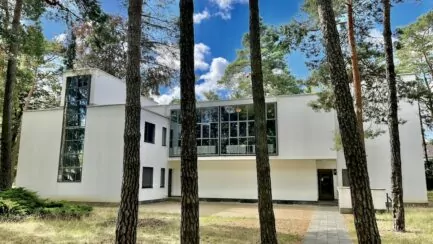
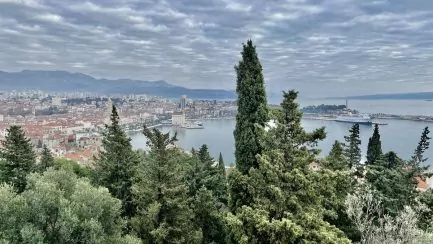

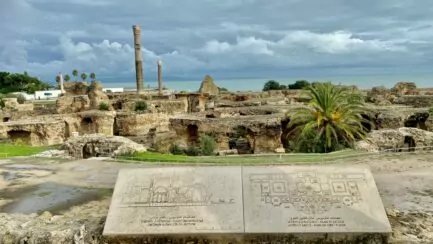
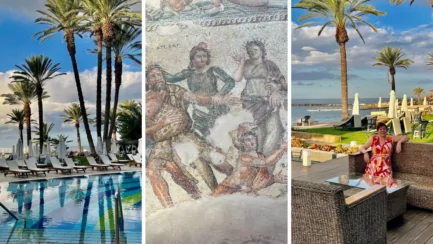
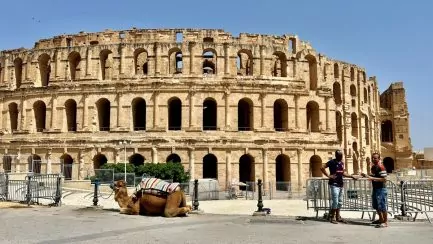



Johnny Friskilä says:
I think you should definitely visit Sibenik, I was there last autumn and there are also boats out to several islands from there. However, I did not go into the cathedral. I thought I had been inside enough churches that week. However, I have eaten a pizza that came from a pizza oven that was shaped like the church. The town's local pizzeria, I think I've mentioned it on my blog. If not, I'll have to do it. The coolest pizza oven I have ever seen!
06 February 2021 - 10:09
Helena says:
06 February 2021 - 17:05
bmlarstravellingblog says:
Nice, nice, Croatia!
We realise that we still have a lot to discover there! We have discovered some world heritage sites, Dubrovnik, Trogir, Plitvice Lakes and Zadar. In addition, we have hiked in the beech forest in Jasmund National Park on Rugen, which is also part of the Beech Forest World Heritage Site.
We would love to visit Sibenik.
06 February 2021 - 11:19
Helena says:
06 February 2021 - 17:06
Jossus Travelpics says:
I have seen numbers one and two.
I'm primarily curious to see more of Croatian nature, so the Plitvice Lakes and the beech forest are the most appealing.
06 February 2021 - 19:27
BP says:
I have visited Split and Dubrovnik, oddly enough on a training camp with the football team. Liked both cities with their relaxed attitude.
06 February 2021 - 20:53
Maria's memoirs says:
07 February 2021 - 17:06
Lena - good for the soul says:
Hug Lena
12 February 2021 - 6:24